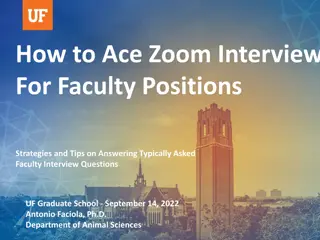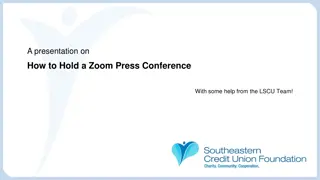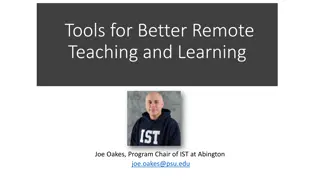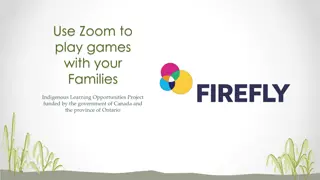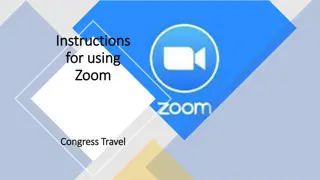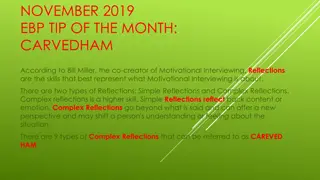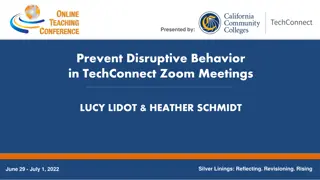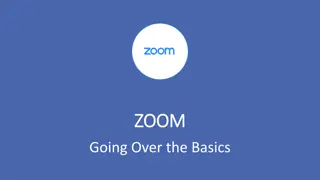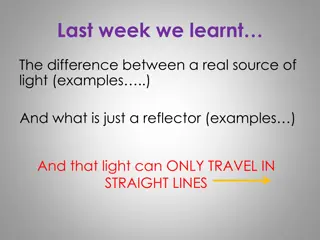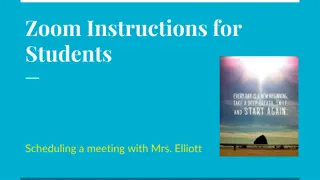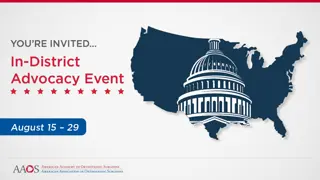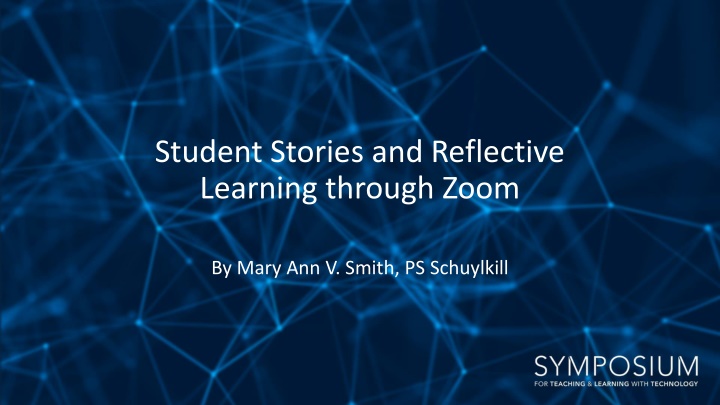
Enhancing Student Learning Through Reflection and Storytelling on Zoom
Explore the use of Zoom for student self-recordings, storytelling, and reflective learning. Uncover ways to engage students in immersive experiential learning sessions while delving into memories and traditional family experiences. Discover the impact of emotional responses on memory making and the teaching potential of student reflections. Overcome challenges in fostering authentic reflections and storytelling in education.
Download Presentation

Please find below an Image/Link to download the presentation.
The content on the website is provided AS IS for your information and personal use only. It may not be sold, licensed, or shared on other websites without obtaining consent from the author. If you encounter any issues during the download, it is possible that the publisher has removed the file from their server.
You are allowed to download the files provided on this website for personal or commercial use, subject to the condition that they are used lawfully. All files are the property of their respective owners.
The content on the website is provided AS IS for your information and personal use only. It may not be sold, licensed, or shared on other websites without obtaining consent from the author.
E N D
Presentation Transcript
Student Stories and Reflective Learning through Zoom By Mary Ann V. Smith, PS Schuylkill
Objectives At the end of this session, participants will be able to: 1. Utilize Zoom for student self-recordings for reflection and exploration of content 2. Examine storytelling as a method for student learning and engagement 3. Encourage student immersive experiential learning sessions within their content areas
Consider One (or Both) of the Following Questions and Reflect for a Moment 1. What is a favorite memory about learning something from a family member? 2. What is your favorite, traditional family food and why?
Poll Question #1: As you think about this memory, (Answer Using the Zoom Popup Poll Select All the Apply) A. Is this emotional? B. Can you visualize that moment? C. Do you remember what you were taught? D. Can you remember the taste or smell of it? E. Do you remember what made it special?
What Can These Questions Teach Us? Emotional responses help prompt memory making. Lessons learned can remain vivid and can be recalled easily. Memories aid learning through storytelling. Storytelling helps us relate experiences and our world. Storytelling reflective learning that takes experience in context. (Alterio, 2003).
Poll Question #2 Have you used student reflections as an activity? (Answer Using the Zoom Popup Poll) A. Yes, it s part of regular work. B. Yes, occasionally. C. No, my content area doesn t utilize reflections. D. No, I wish I could. E. Never really thought about it.
How to Capture Student Reflections? Essays Journaling Discussion Posts In-class Discussions One-on-one meetings Oral Journals Zoom Oral Journals
Challenges to Reflections and Storytelling Students expect to find an answer. Right and wrong answers exist. My opinion isn t valuable. I don t trust what I think. Result: Students tend to edit responses.
Zoom Oral Journaling Weekly recordings students perform about what they have learned that week. Created using an individualized Zoom link Automatically records to instructor account Students can re-record but they can t delete previous.
Current Use in My Courses Microbiology 107 Elementary Microbiology Laboratory BI SC 3 Environmental Science Used to follow student learning through concepts Track learning with Course-based Undergraduate Research Experiences
Benefits to Zoom Oral Journaling Benefit to Students Private Conversation Safe Space Judgement Free-Zone Make Meaning of Content Benefit to Instructors Reduced Attempts to Edit Automatic Recording Automatic Transcription Tracking throughout
Summary: Connecting Storytelling and Zoom Make students feel comfortable Leave questions open to student interpretation Try incorporating experiential learning No right or wrong answers Focus on detail


